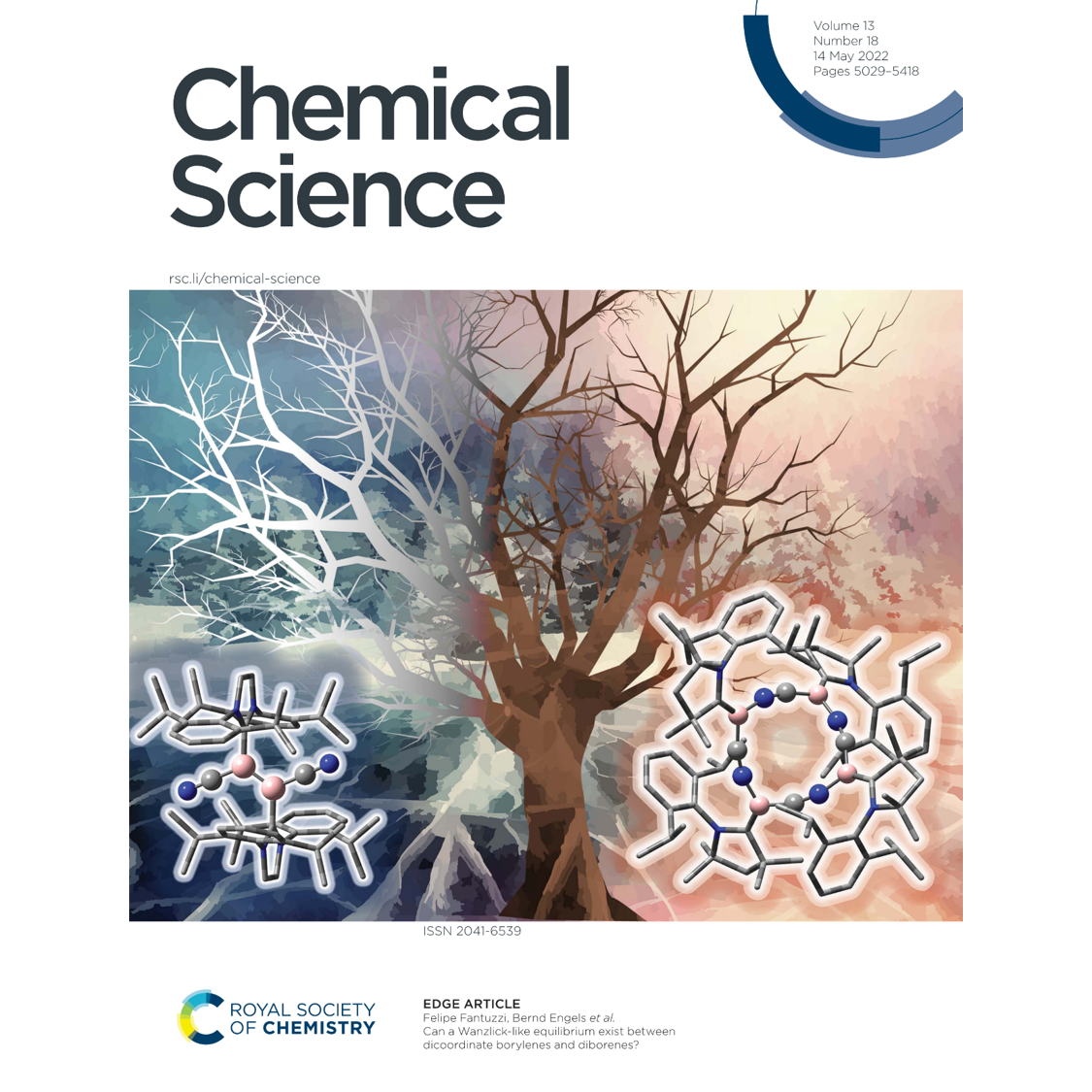
Unraveling the Wanzlick-like Equilibrium Between Borylenes and Diborenes through Advanced Computational Analysis
In a recent study, Felipe Fantuzzi (SISC) and colleagues from the University of Wisconsin-Madison, Hunan University of Science and Technology, and Julius-Maximilians-Universität Würzburg, have delved into the intriguing world of boron chemistry, specifically examining the potential Wanzlick-like equilibrium between borylenes and diborenes. This study, titled Can a Wanzlick-like equilibrium exist between dicoordinate borylenes and diborenes? and published in Chemical Science, explores the elusive link between singly Lewis-base-stabilised borylenes, with boron in a formal oxidation state of +I, and their dimers, the diborenes, known for their boron–boron double bond.
Despite significant advancements in isolating various boron compounds with unique electronic structures and properties, evidence of a Wanzlick-type equilibrium, which could offer a valuable pathway to diborenes, has remained absent. The team tackled this challenge using a combination of density functional theory (DFT), coupled-cluster, multireference methods, and natural bond orbital/natural resonance theory analyses. Their focus was on the electronic, structural, and kinetic factors influencing the reactivity of transient CAAC-stabilised cyanoborylene, which notably cyclotetramerises into a butterfly-type, twelve-membered (BCN)4 ring, and understanding why its dimerisation through boron atoms is impeded.
Interestingly, the research revealed that the ground state multiplicity of borylene influences its tendency for self-stabilising cyclooligomerisation over boron–boron dimerisation. The comparison between NHC- and CAAC-stabilised borylenes offered insights into why the reduction of the former consistently results in diborenes, while a variety of products are observed with the latter.
This comprehensive study not only enhances our understanding of boron chemistry but also provides a theoretical foundation for the rational design of base-stabilised borylenes. The insights gained could lead to novel synthetic pathways to diborenes or, alternatively, to non-dimerising systems capable of small-molecule activation, marking a significant step forward in chemical synthesis and molecular science.
For more information please read the research article by Felipe Fantuzzi and co-authors, which can be found here. The work was highlighted as the Inside Front Cover.